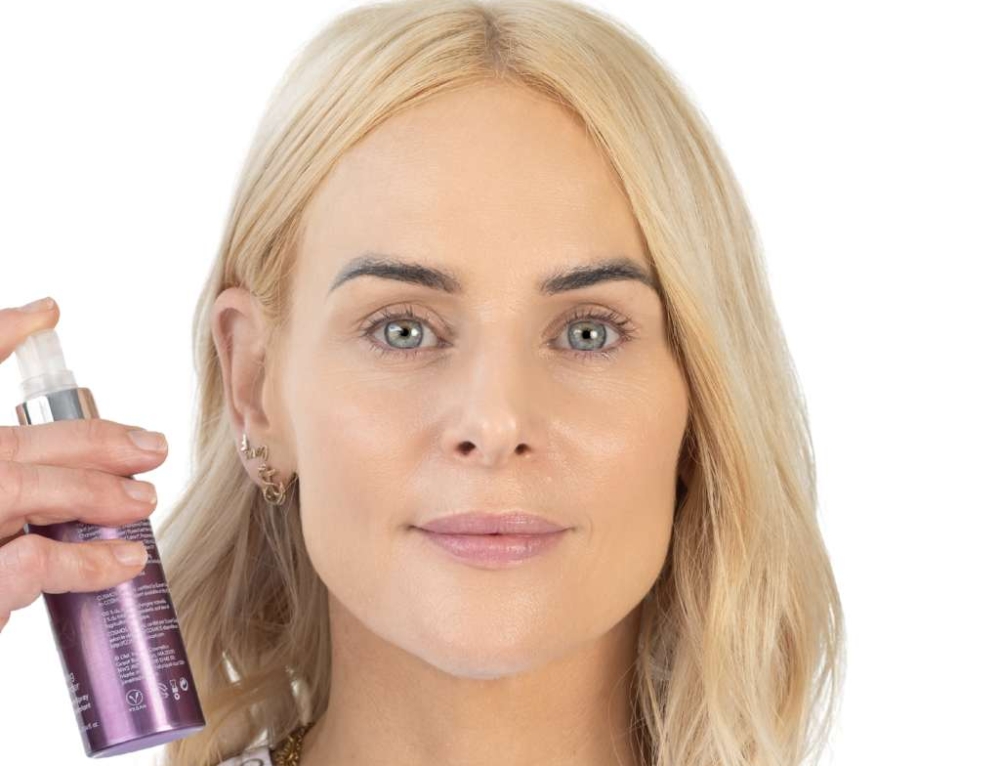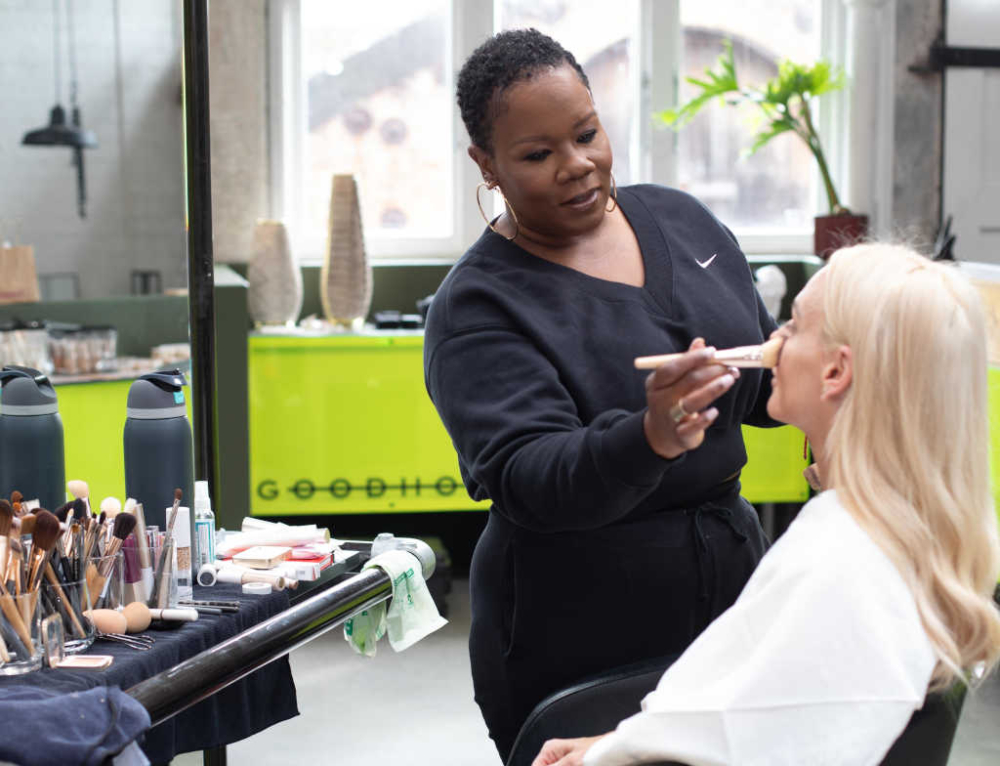There can be a lot happening around the vagina throughout a woman’s life, so like any part of the body, the vaginal region also benefits from some understanding, care and nurture.
Name that part
There are bits and pieces on the outside and inside which make up what many of us think of as the vaginal region.
The official name of the whole external area of the female genitals is actually “the vulva”. This area includes:
- Labia majora: the large lips of the vagina, covered in hair on the outside.
- Labia minora: the small lips of the vagina in between the outer majora.
- Clitoris: a tiny knob of tissue with sensitive nerve endings located at the top of the labia minora.
- Vestibule: is the opening below the clitoris and between the labia minora.
- Urethra: is located just below the clitoris. The urethra is the external opening to the urinary tract and is where urine is expelled.
- Vaginal opening
The whole region is often called the vagina but, technically speaking, the vagina is the passageway that leads to the internal organs which include the cervix, ovaries, fallopian tubes and uterus.
How to help your ‘down there’ area look after itself
Most of the time, this region needs no special treatment as it’s self-cleaning. But, like any part of the body, it can be washed briefly with warm, not hot, water and soap-free products during showering or bathing, and then patted dry.
It’s advised to steer clear of douching (washing out) or excessive washing and to avoid vaginal sprays, perfume, talc and antiseptics unless directed by your doctor. Some women think that irritation may be caused by lack of hygiene and so they wash frequently, but this actually makes the problem worse.
Other recommendations to help keep your vagina healthy include:
- Wear cotton underwear rather than synthetic, and wear pantyhose for as short a time as possible
- Change pads and tampons regularly (at least every three to four hours)
- Avoid wearing pads or panty liners regularly as these increase your risk of vaginal irritation
- Avoid tight fitting clothes such as jeans as this creates a moist, warm environment that encourages the overgrowth of bacteria and yeasts
- Always wipe from the front to the back after going to the toilet since this stops bowel organisms being swept into the vagina
- Don’t use perfumed toilet paper because it can cause irritation.
- Eat a healthy, well-balanced diet and avoid stress where possible
Healthy discharge
All women have a vaginal discharge and the amount varies from woman to woman and depends on where she is in her menstrual cycle. It’s designed to keep the vagina healthy.
A healthy discharge is usually whitish, and dries yellow on underpants. It has a particular smell which is quite normal, and certainly isn’t noticeable as long as you wash regularly.
When things go wrong
The skin of the vulva is extremely sensitive, making it susceptible to a wide range of conditions. Often all it needs is for the delicate balance of bacteria or pH levels to change to create the the right environment for infections to occur.
Many women have experienced some vaginal discomfort, itching or irritation at some stage. Due to various advertising campaigns and media exposure, most women have become well briefed on conditions like the yeast infection, thrush and sexually transmitted diseases likes herpes and Chlamydia.
But here are some other conditions you may not be as up to speed on:
Vulval dermatitis
After thrush, this is one of the most common cause of chronic vulval discomfort. In some cases, the dermatitis can be caused by a genetic predisposition to allergies and hypersensitivity (i.e. if you’re asthmatic or prone to eczema). It can also be caused by contact with irritants or allergens like laundry detergents, toilet paper, lubricants and spermicides, sanitary pads and panty liners, bath products, soap and shower gels, even over-the-counter thrush treatments.
- Symptoms: the main one is itching.
- Treatments: usually involves the use of a weak, topical corticosteroid cream. Cool compresses and antihistamines may be used to bring relief from symptoms.
Lichen sclerosus
Another skin condition, this is characterised by dry, shiny, finely wrinkled skin in the vulva which may have white patches. The exact cause of this condition is unknown, although an autoimmune condition or genetic predisposition may play a role.
- Symptoms: the main one is severe itching.
- Treatment: this involves the use of a topical steroid and often needs to be life-long. If left untreated, lichen sclerosus can cause severe scarring of the vulva (including the shrinking of the labia and narrowing of the vaginal entrance). It is also associated with a small increased risk of vulval cancer.
Vulvodynia
The International Society for the Study of Vulvovaginal Disease described this as “vulval discomfort, most often descried as burning pain, in the absence of visible or neurological findings” – that is, unexplained vulval pain.
- Symptoms: generalised pain which can vary in intensity from mild to severe and may be constant or intermittent.
- Treatments: these are aimed more at relieving the pain than “curing” the problem so it’s best to discuss with your health professional.
Bartholin’s glands cyst
The Bartholin’s glands are located on each labia minora, near the vaginal opening. These glands are responsible for producing a small amount of fluid to lubricate the entrance to the vagina. The glands can become blocked, causing a cyst to develop.
- Symptoms: If they’re not infected, the cyst presents as a pain-free lump. But they can become tender and an abscess can develop.
- Treatment: sometimes they will go away on their own, however, if it’s sore, see your GP for treatment.
Bacterial vaginosis
Sometimes called Gardnerella, this is an infection in the vagina caused by an imbalance in the bacteria that keep the vagina healthy.
- Symptoms: some women will notice an unpleasant strong, fishy smell and a white or grey watery discharge but half the women who get it will not even know.
- Treatment: usually four antibiotic tablets taken at once.
Trichomoniasis
Caused by a small parasite called Trichomonas, this condition is usually sexually transmitted.
- Symptoms: many women experience no symptoms, but if they have any they may notice a thin, frothy vaginal discharge, with an unpleasant fishy smell. The vagina may be sore and itchy, and some women notice a burning sensation when they pass urine.
- Treatment: the most common is drug-based for women and their sexual partners.
Women who think they have a vulval condition should visit their doctor. Many can be treated quite simply once a diagnosis is reached.
This article was written by Fiona Baker for Her World







Leave A Comment
You must be logged in to post a comment.